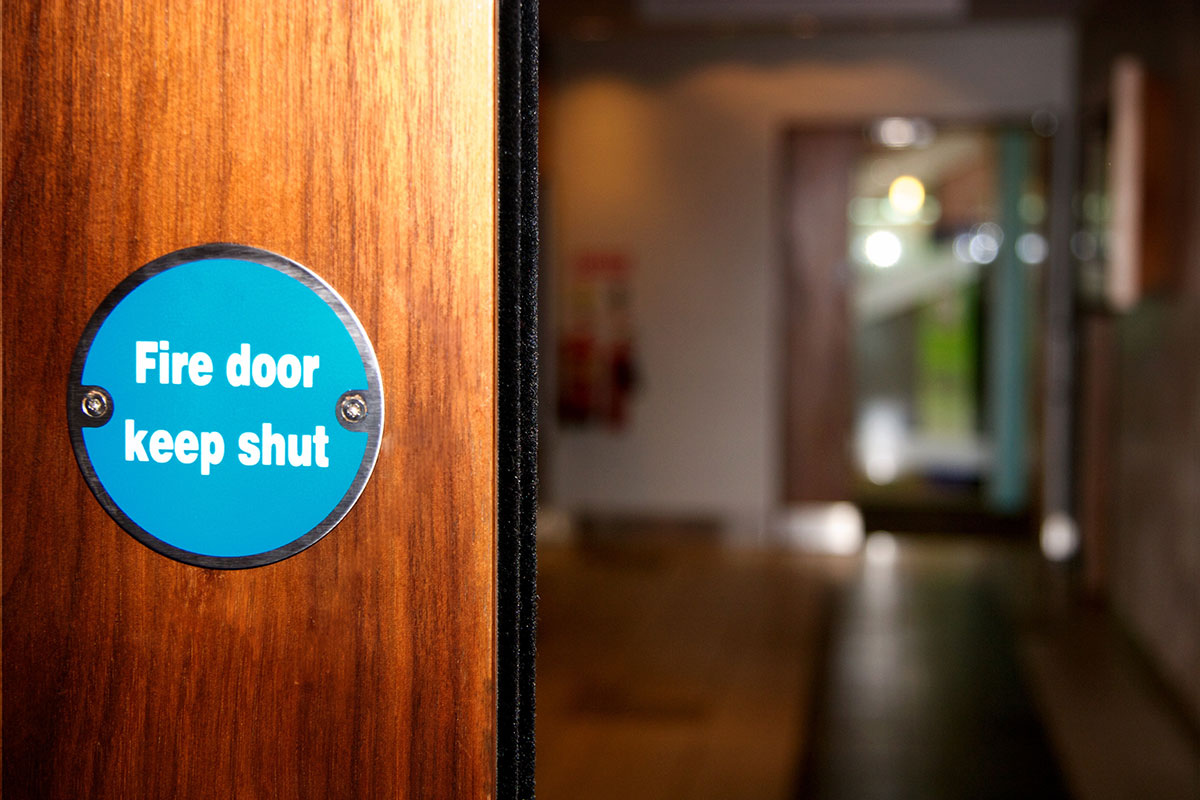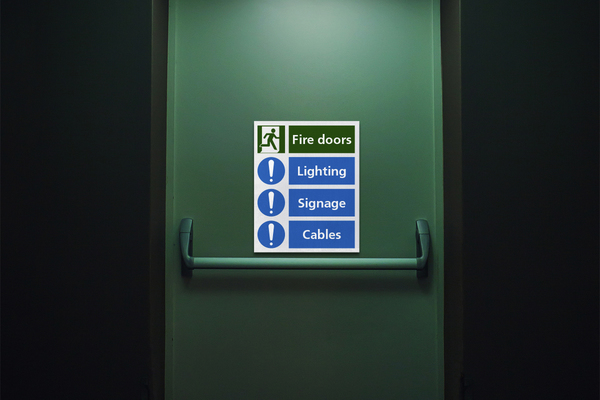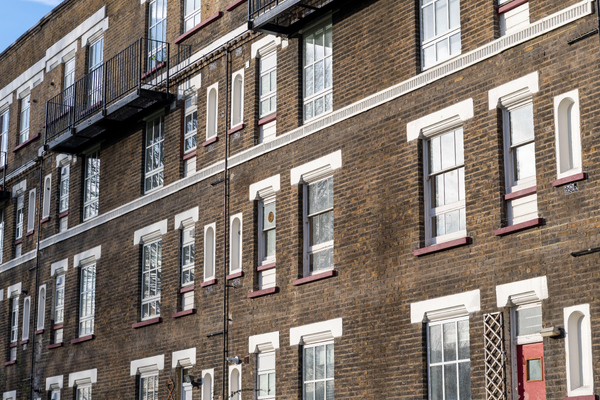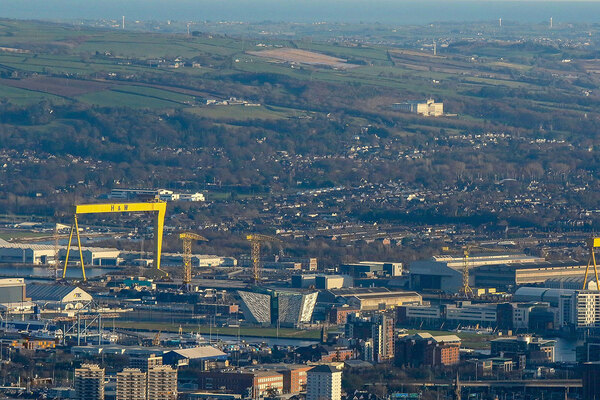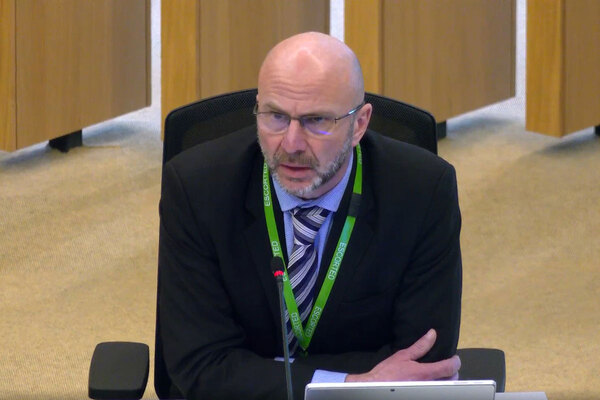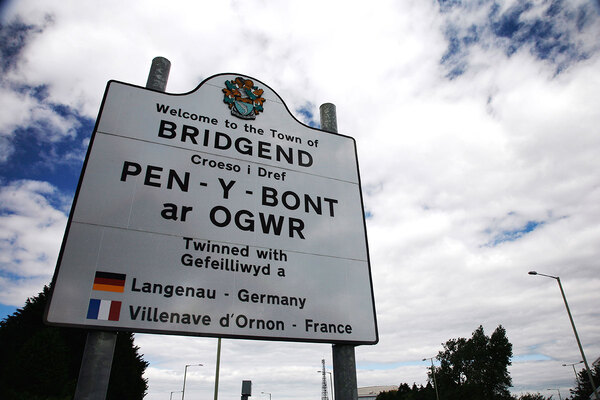You are viewing 1 of your 1 free articles
More than 70% of social housing towers have fire safety issues, exclusive research reveals
The largest ever survey of tower block fire risk assessments has revealed widespread safety failings – including inappropriate fire doors in seven in every 10 blocks.
Inside Housing has obtained and analysed fire risk assessments for 1,584 tower blocks in England, 40% of the UK’s total social stock.
The assessments reveal broken fire doors, holes in walls that breach fire compartmentation and missing fire safety information for residents across the country.
Broken fire doors, or doors not to the required legal standard to resist fire for 30 minutes, were found in 1,130 tower blocks, or 71% of blocks.
There were holes in the walls or ceilings of 385 blocks, which could breach compartmentation and cause fire and smoke to spread more quickly.
It also showed that many assessments were being carried out less frequently than every year and 54% of towers have not been assessed since Grenfell.
Brian Robinson, president of the Fire Sector Federation, said the issue with compartmentation breaches in residential buildings “is a real standard one”.
He added: “If you get plumbers, electricians, you name it, coming into a building the first thought on their mind isn’t fire safety. It’s actually ‘let’s get the job done’, and the worst thing that can happen is they punch a hole in the wall and then fill it up with magic foam which is flammable. It’s legion.”
He added: “In my view, if the house or the building was being managed properly then those things would be picked up by the managing agency or the owners and should be put straight.”
Emergency lighting to help residents escape was missing or broken in 402 blocks and crucial fire safety information for residents was not in place at 712 blocks.
Hannah Mansell, chair of the Passive Fire Protection Forum, said she was not surprised by the scale of the problem with fire doors in these blocks. She said: “With fire doors, we often see a legacy of neglect. We’ve got decades to deal with, across a broad range of building profiles.”
In Dame Judith Hackitt’s review into building regulations and fire safety she said fire risk assessments should be carried out “at least annually and when any significant alterations are made to the building”.
But our investigation revealed that 351 blocks, or 31% of the blocks that provided the dates of their assessments, had either not had an annual assessment in the past few years or the assessor recommended the next one should be carried out two or more years in the future.
Inside Housing’s Never Again campaign is calling on landlords to carry out and publish assessments of their tower blocks every year.
The research also reveals that many landlords have not carried out a fire risk assessment since the Grenfell Tower fire. In response to the Freedom of Information Act (FOIA) request asking for the latest fire risk assessments 853, or 54%, were dated before the fire that claimed 72 lives in June last year.
Despite the Information Commissioner calling on all social landlords to make their fire risk assessments public, only 13 housing associations out of the 62 asked shared the assessments for the tower blocks they owned.
This was in contrast to 61 councils and 20 ALMOs that either shared the information in response to an FOIA request or made it publicly available on their websites.
Debbie Larner, head of practice at the Chartered Institute of Housing, said: “It is clear from this survey that the scale of the issues we continue to face when it comes to fire safety are significant.
"It is extremely worrying that a year on from the Grenfell Tower tragedy such a high proportion of the tower blocks surveyed have ongoing issues with fire safety.”
The overwhelming majority of the fire risk assessments obtained were Type 1 assessments, which do not look at the cladding on the outside of the building or go into residents’ flats.
This has previously been criticised as too shallow an assessment to properly review the building, as many compartmentation breaches will happen inside flats.
Grenfell Tower was cleared under a Type 1 risk assessment which did not consider the impact of its cladding.
Additional research carried out by Liam Connell
